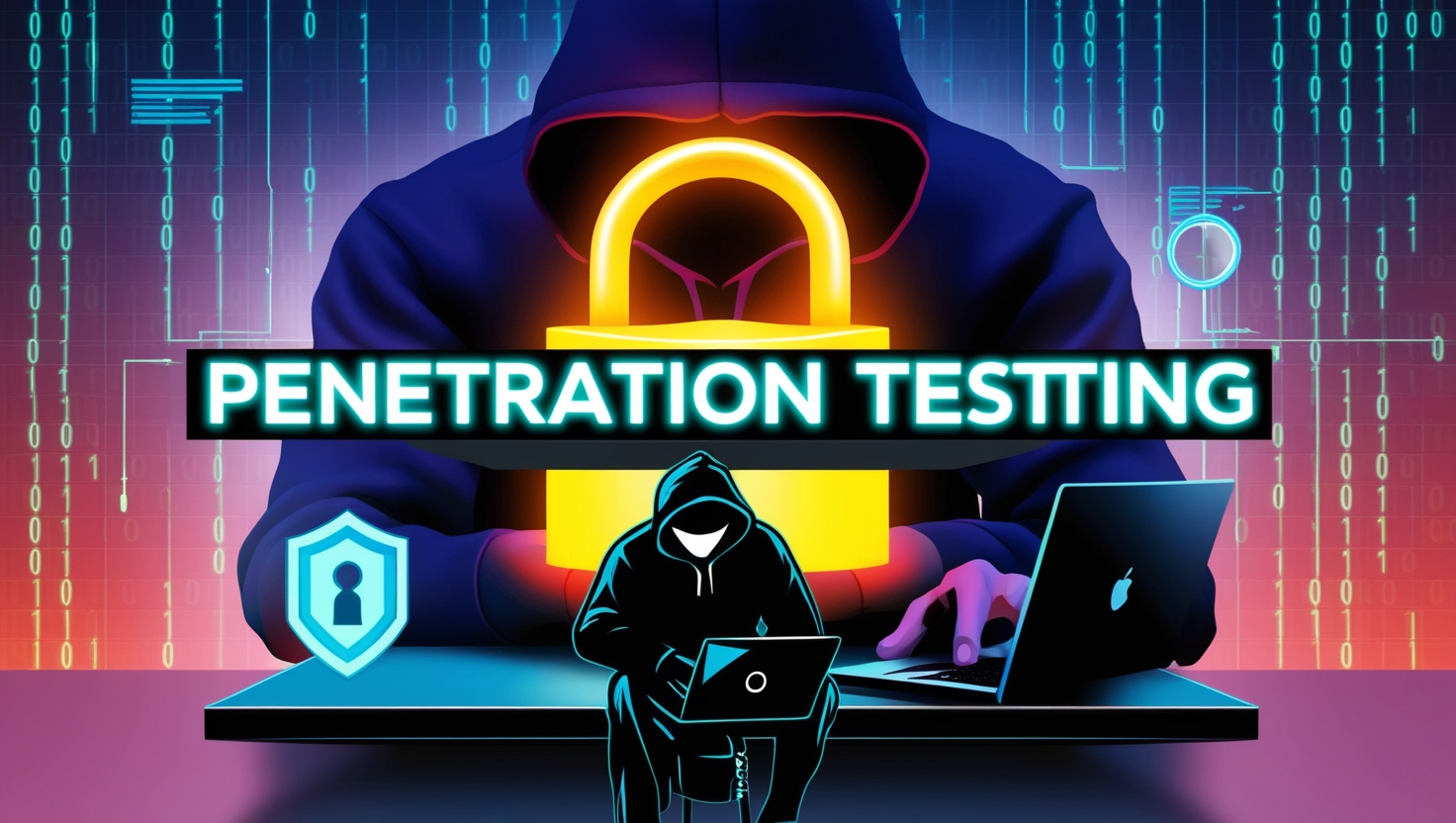Introduction to Penetration Testing
Penetration testing, often referred to as pen testing, is a critical process in cybersecurity. It involves simulating cyberattacks on a system, application, or network to identify vulnerabilities that malicious hackers could exploit. If you’re curious about how to learn penetration testing, this guide will provide you with a comprehensive roadmap to mastering this skill. Penetration testing helps organizations strengthen their defenses, protect sensitive data, and comply with security regulations. For anyone aspiring to be a cybersecurity expert, learning penetration testing is an essential step.
Types of Penetration Testing
Understanding the different types of penetration testing is vital when learning how to learn penetration testing. These types include:
- Black Box Testing: The tester has no prior knowledge of the target system, simulating a real-world attack scenario.
- White Box Testing: The tester has full access to the target system, including source code and architecture, to perform in-depth security analysis.
- Gray Box Testing: The tester has partial knowledge of the system, combining aspects of both black box and white box testing.
Each type serves a specific purpose and is chosen based on the organization’s requirements.
Penetration Testing Methodology
To effectively master how to learn penetration testing, you must understand the methodology. Penetration testing typically follows these steps:
- Planning and Reconnaissance: Define the test’s scope, objectives, and gather information about the target.
- Scanning and Enumeration: Identify open ports, services, and potential vulnerabilities using tools like Nmap or Nessus.
- Exploitation: Attempt to exploit vulnerabilities to gain unauthorized access to the system or data.
- Post-Exploitation: Assess the impact of the breach and identify any additional vulnerabilities.
- Reporting: Document findings and provide actionable recommendations for remediation.
This structured approach ensures a thorough evaluation of a system’s security.
Skills Required to Become a Penetration Tester
If you’re figuring out how to learn penetration testing, acquiring the right skills is essential. Some key skills include:
- Networking Fundamentals: Understanding protocols like TCP/IP, DNS, and HTTP is crucial.
- Programming and Scripting: Languages like Python, Ruby, and Bash are invaluable for automation and custom exploits.
- Operating System Expertise: Proficiency in Linux and Windows systems helps in analyzing and exploiting vulnerabilities.
- Problem-Solving: A creative mindset is essential for thinking like an attacker and finding unconventional weaknesses.
- Knowledge of Security Concepts: Familiarity with firewalls, encryption, and authentication mechanisms is critical.
Building these skills is a cornerstone of becoming a proficient penetration tester.
Popular Tools for Penetration Testing
Learning how to learn penetration testing involves mastering tools that simplify and enhance the process. Here are some of the most popular ones:
- Nmap: For network scanning and discovery.
- Metasploit: A framework for developing and executing exploits.
- Burp Suite: Essential for web application security testing.
- Wireshark: Used for network traffic analysis.
- Nessus: A vulnerability scanner to identify system weaknesses.
These tools are the backbone of a penetration tester’s toolkit.
Common Vulnerabilities Exploited in Penetration Testing
When learning how to learn penetration testing, it’s important to understand common vulnerabilities that hackers target:
- SQL Injection: Exploiting improperly sanitized input to manipulate databases.
- Cross-Site Scripting (XSS): Injecting malicious scripts into web applications.
- Remote Code Execution (RCE): Running malicious code on a target system.
- Privilege Escalation: Gaining higher levels of access within a system.
- Misconfigurations: Exploiting poorly secured systems or applications.
Recognizing these vulnerabilities is key to identifying potential risks during penetration tests.
Difference Between Vulnerability Scanning and Penetration Testing
Vulnerability scanning and penetration testing are often confused, but they serve different purposes:
- Vulnerability Scanning: Automatically identifies potential vulnerabilities in a system but doesn’t exploit them.
- Penetration Testing: Simulates real-world attacks by exploiting vulnerabilities to determine their severity and impact.
Understanding this distinction is crucial when learning how to learn penetration testing.
Steps to Perform a Penetration Test
Here’s a step-by-step guide for beginners on how to learn penetration testing and conduct a test:
- Define the Scope: Establish what systems or applications are in scope for testing.
- Gather Information: Perform reconnaissance to collect data about the target.
- Identify Vulnerabilities: Use tools like Nessus or Nmap to scan for weaknesses.
- Exploit Vulnerabilities: Attempt to gain access using manual or automated methods.
- Document Findings: Create a detailed report of vulnerabilities and their potential impact.
- Recommend Fixes: Provide actionable suggestions for remediation.
Following these steps ensures a professional and effective penetration test.
Legal and Ethical Considerations in Penetration Testing
When learning how to learn penetration testing, understanding legal and ethical boundaries is vital:
- Get Permission: Always obtain explicit consent before testing.
- Define Boundaries: Clearly outline the scope of testing in a written agreement.
- Respect Privacy: Avoid accessing data that isn’t part of the agreed scope.
Ethical hacking ensures that penetration testing is conducted responsibly and within legal frameworks.
Penetration Testing Certifications
Certifications are a great way to validate your skills and expertise in penetration testing. Popular options include:
- Offensive Security Certified Professional (OSCP): A hands-on certification focused on real-world penetration testing.
- GIAC Penetration Tester (GPEN): For professionals specializing in network penetration testing.
- Certified Ethical Hacker (CEH): Covers fundamental penetration testing concepts.
Earning these certifications is a valuable step in how to learn penetration testing and build a successful career.
Future of Penetration Testing
The field of penetration testing is evolving rapidly. Emerging technologies like artificial intelligence and machine learning are being integrated into testing tools, while the increasing complexity of systems presents new challenges. Learning how to learn penetration testing now positions you to stay ahead in this dynamic industry.
Conclusion
Penetration testing is a vital skill for anyone pursuing a career in cybersecurity. By following this guide on how to learn penetration testing, you can acquire the necessary skills, master essential tools, and understand the legal and ethical aspects of the job. As organizations continue to prioritize cybersecurity, penetration testers will remain in high demand. Start your journey today and make a meaningful impact in the fight against cyber threats.
